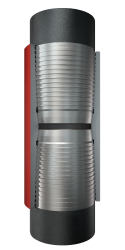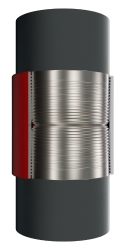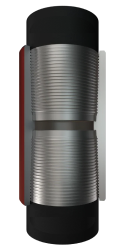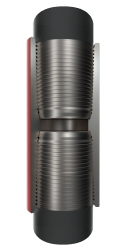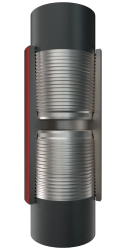The development of hard-to-recover reserves is becoming a requirement for a successful oil business, and for many oil companies involved in the development of such reserves, this has long been of strategic importance.
Hard-to-recover oil and gas reserves are field, deposit, or block reserves characterized by relatively adverse geological conditions or physical properties of the petroleum. properties of such difficult-to-recover reserves normally include low reservoir permeability or porosity, thin formations, high viscosity as well as areas of abnormally high reservoir pressure and gas content. Difficult reserves also include oil from under gas caps or from oil rims. The problems here are uncontrollable gas break-through into oil wells and a low oil recovery factor. Whereas recovery of high-viscosity petroleum is complicated by low product mobility, difficulty in lifting it to the surface and in subsequent transportation. In any case, these are reserves that are impossible or extremely difficult to recover economically using conventional methods.
Principal development interests include oil rims, Achimov sequences, Paleozoic deposits, and source rocks (Bazhenov and domanik suites). By this time, Upper Jurassic deposits are already being developed on an industrial scale, and development of Middle Jurassic and Paleozoic sediment as well as the Achimov suite is well underway. Oil and gas companies are also looking for an efficient method of producing from the Bazhenov suite.
The primary technologies for difficult reserves that Russian oil and gas companies are considering include improved horizontal well design with multi-stage frac operations, construction of high-tech branched wells, gas injection in mixing mode, integrated engineering and improved modeling of geologically complicated areas.
Development of low-permeability formations, for instance, is driven by advances in formation stimulation technologies, primarily frac, where companies have progressed from the first relatively simple horizontal wellbore wells with a horizontal branch of up to 500 meters in length and multi-stage frac operations of 6 to 10 stages to horizontal branches that are 1,500 meters in length with 24 to 30 frac steps with high proppant injections rates and a complex frac fluid cocktail.
These well construction technologies require reliable strong tubulars and threaded connections capable of reliable operation under extreme conditions. OMK’s custom designed high-torque threaded connections as well as high-grade tubulars are capable of withstanding extreme loads and assuring reliable trouble-free well operation.




